China is the third largest country in the world, covering a wide range of landscapes from snowy mountains to tropical beaches.
The weather across the country is as varied as its geography and depends on the size and location of the region in question.
Whether you’re hiking the Great Wall, taking in the metropolis of Shanghai, or exploring the karst landscapes of Guilin, knowing China’s weather patterns can help you pack and prepare.
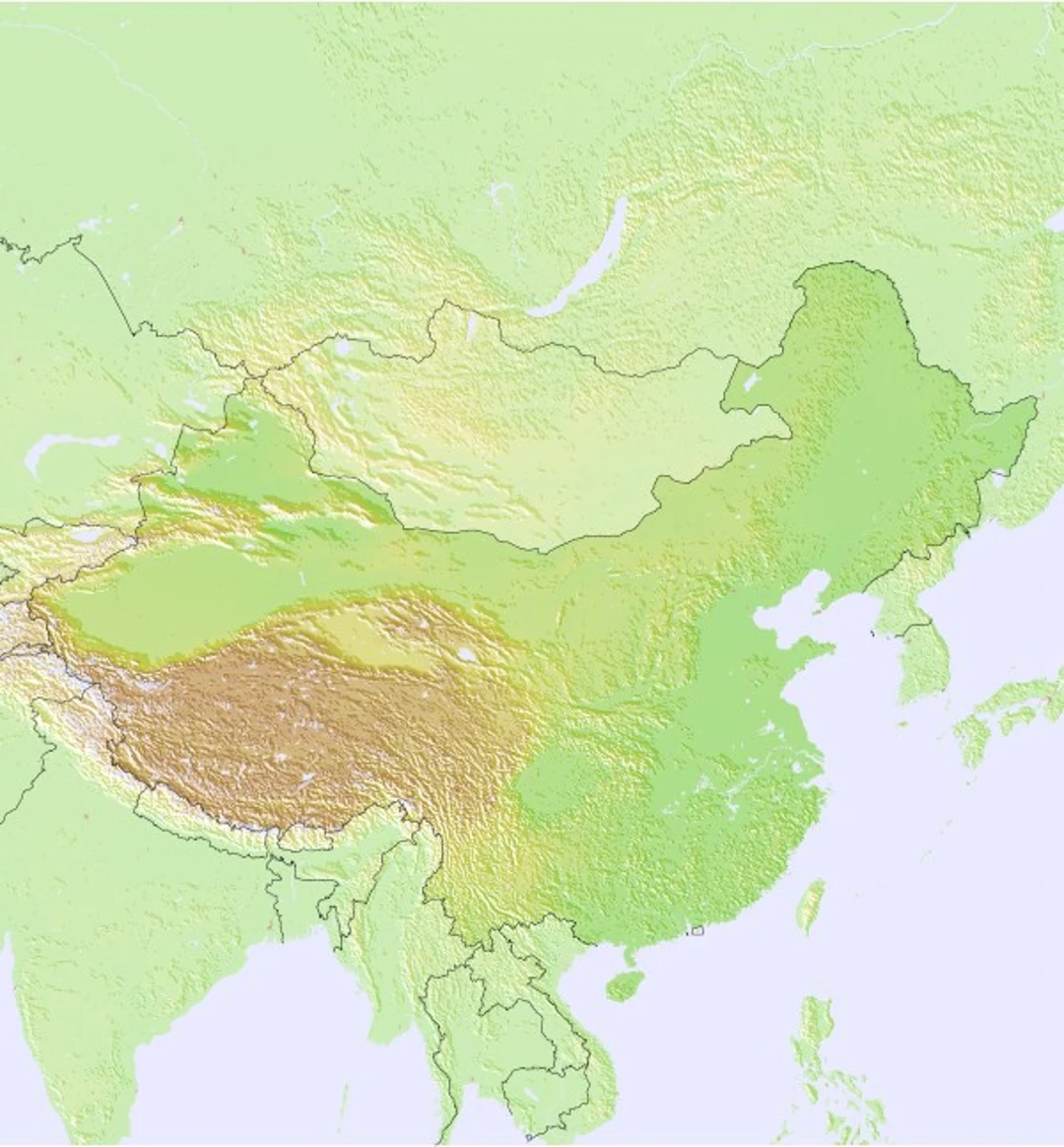
Climate Overview
China boasts a wide range of temperatures and weather patterns because of its large landmass and varied topography.
The nation covers many climate zones, from subarctic in the northeast to tropical in the south. Most regions of China have four seasons, though their character and length are region dependent.
Spring (March–May):
Spring can be a bit unpredictable, with fluctuating temperatures and rising precipitation.
On the whole, spring is one of the best times to visit, as the flowers are in bloom but temperatures are not too high.
Sandstorms are still possible in northern China, and the rainy season starts during spring in the south of the country.
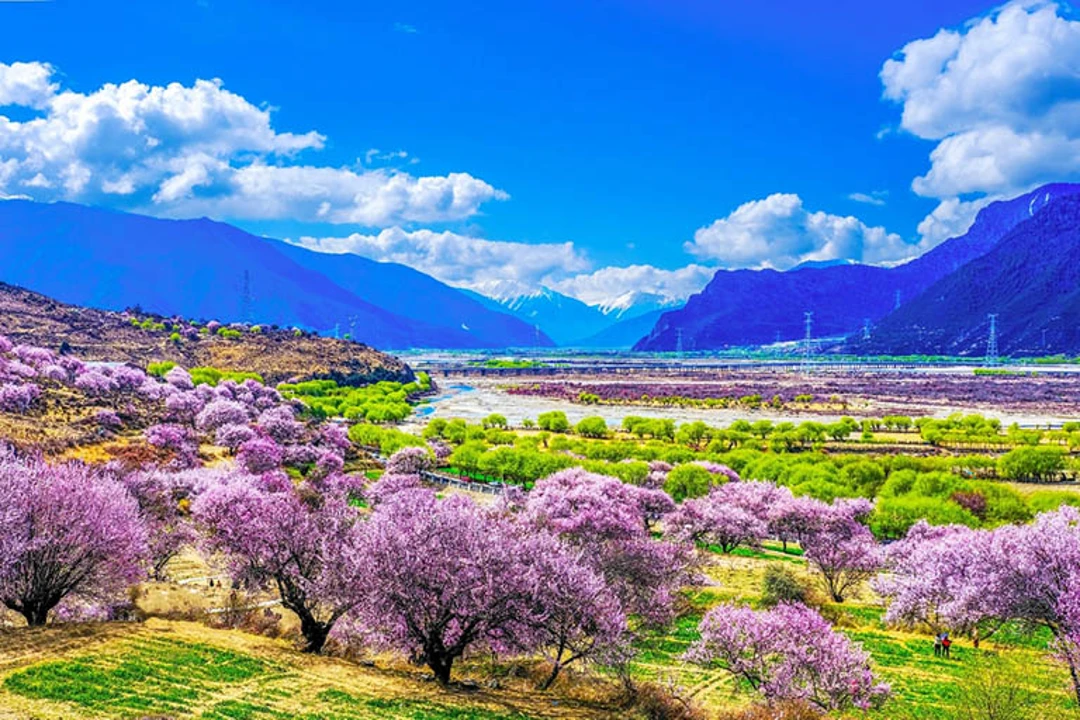
Summer (June–August):
Summers in China are warm to hot and can be quite humid, especially in the south and east.
In the coastal regions, including Shanghai and Guangzhou, typhoons, characterized by heavy rainfall and strong winds, can occur.
The further west and north you go, into regions like Tibet and Inner Mongolia, the more dry and pleasant the summertime weather.
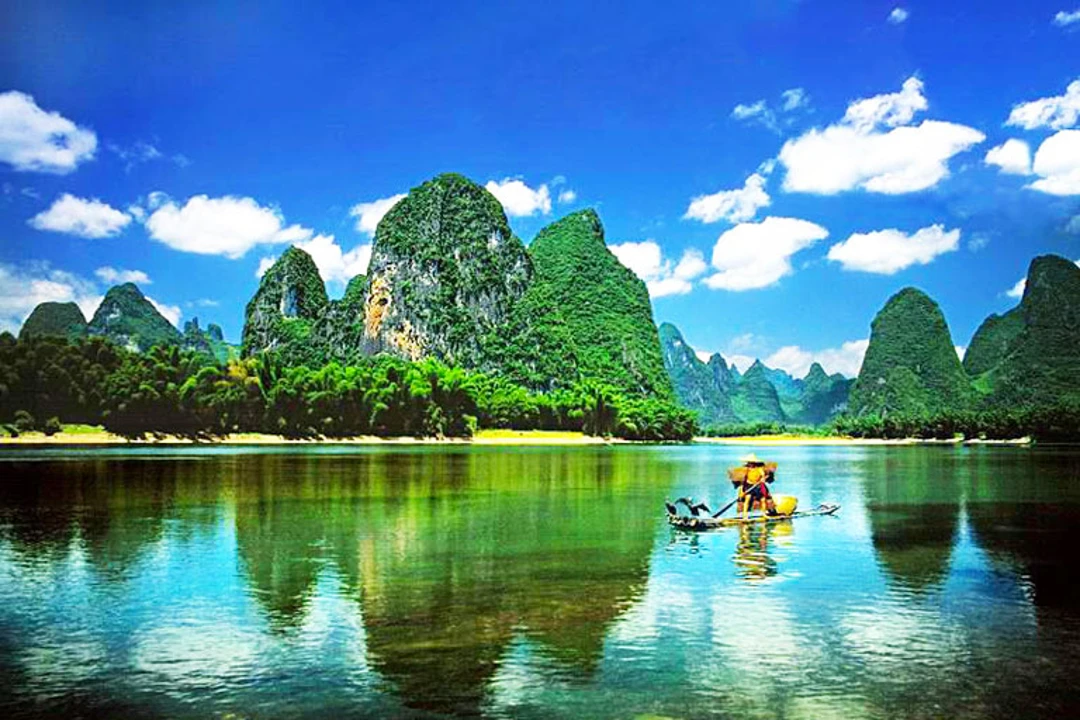
Autumn (September–November):
Also popular and an overall favorite with travelers to China, autumn is cool, the skies are blue, and forests and mountains turn hues of golden and red.
Autumn is a favorite season in China because the rain isn’t too heavy, temperatures are still comfortable, and the colors are beautiful. Outdoor activities are the best in the fall!
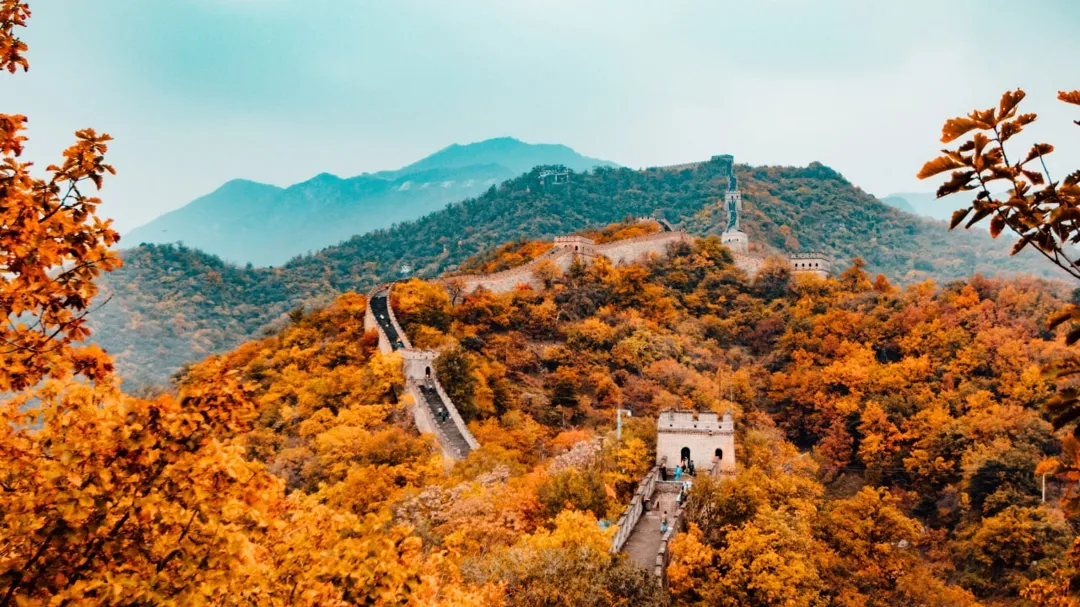
Winter (December–February):
Northern China is bitterly cold and snowy, making it perfect for winter activities like the Harbin Ice Festival (in Harbin) and winter sports.
However, it’s palmy and comfortable in southern China, but there is the occasional cold snap. Tibet is very, very cold, and many roads will be closed due to snow.

Because of these large regional variances, when traveling, you’ll want to plan based on the specific weather of your destination.
Regional Weather Differences
1. Northern China (Beijing, Harbin, Xi’an)
Winters are cold and dry with temperatures below freezing and possible snow.
The summers are hot, with temperatures over 30°C (86°F), and there are occasional sandstorms in the spring.
Best time to travel: Autumn and spring for mild weather.
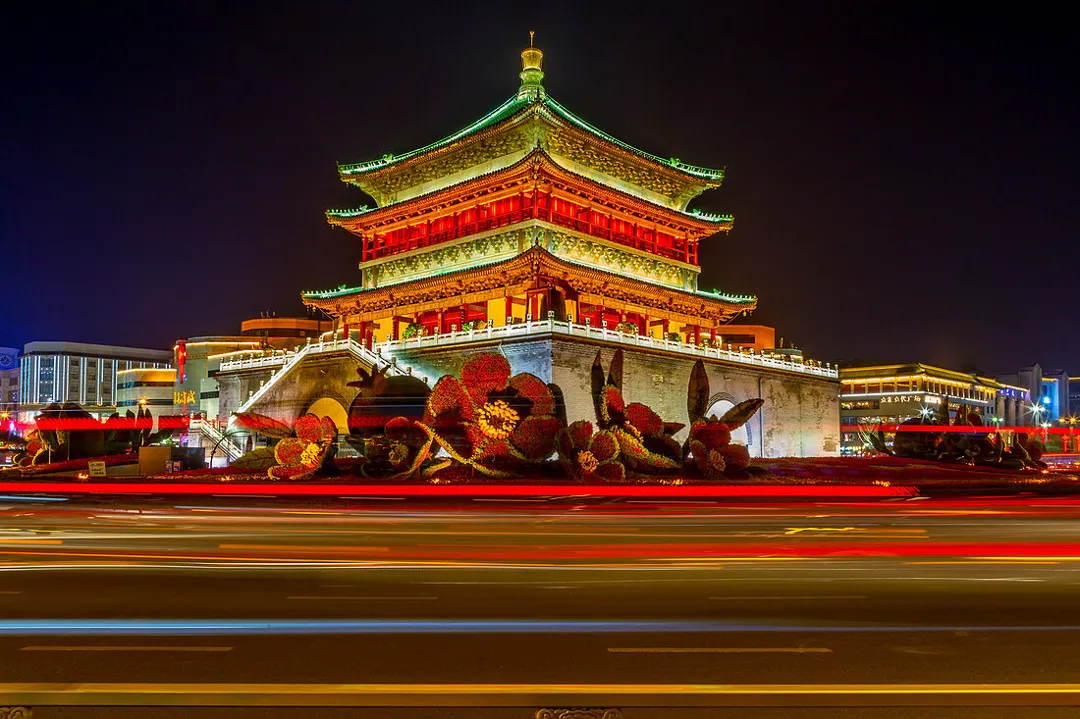
2. Eastern China (Shanghai, Hangzhou, Suzhou)
Mild spring and fall with lots of rain and moderate temperatures.
Summers have temperatures over 35°C (95°F) and are humid, with typhoons between June and September.
Winters are chilly but rarely experience snow.
Best visited during spring and fall when temperatures are cooler.
3. Southern China (Guangzhou, Guilin, Hainan)
Subtropical climate with warm and humid weather year-round.
The rainy season is from April to September, with lots of rain and some typhoons.
The winters are warm, and temperatures rarely go below 50°F (10°C).
It’s best to visit in fall and winter for less humidity and cooler temperatures.
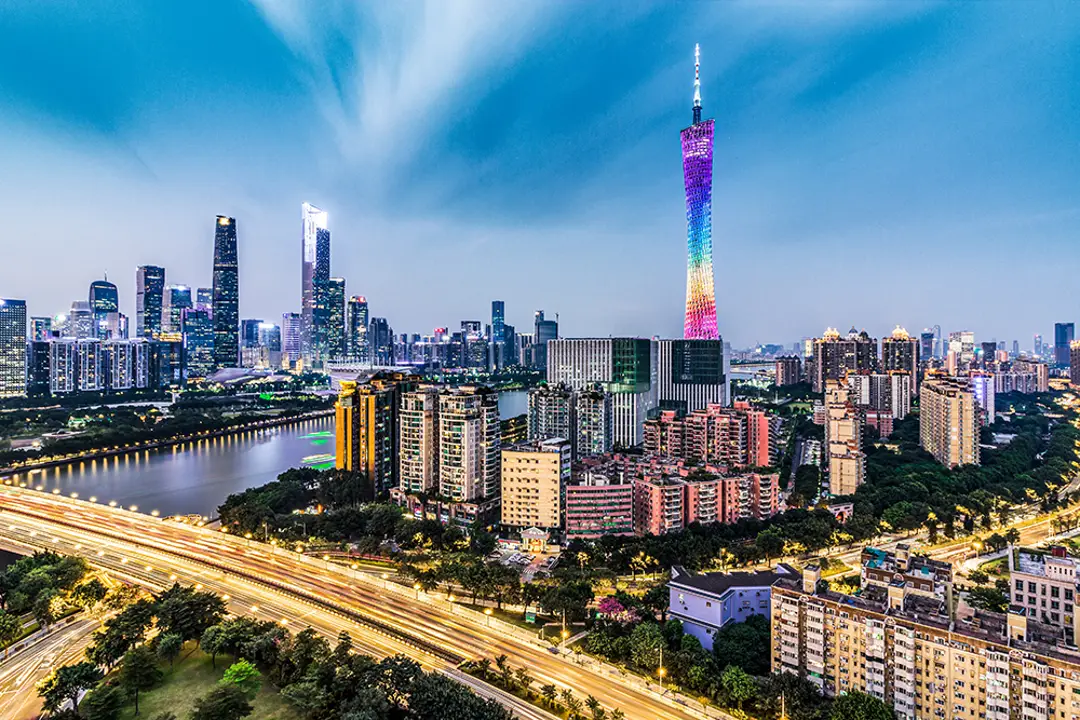
4. Western China (Tibet, Xinjiang, Sichuan)
Tibet’s elevation leads to cool winters and warm summers, so summer is the ideal time to visit.
Xinjiang has a large temperature swing from day to night and temperatures can be scorching in the summer and arctic in the winter.
Sichuan and Chengdu have a humid subtropical climate with mild winters and humid summers.
High-altitude travel is best in the summer as well. Sichuan, meanwhile, can be visited in the spring or autumn.

Seasonal Travel Tips
Spring (March–May)
Bring layers since temperatures vary, with warm days and cool nights.
Optimal season for outdoor activities, visits to parks, and flower festivals.
Be prepared for occasional sandstorms in northern China.
Summer (June–August)
Drink lots of water, use sunscreen, and wear light clothes.
Be aware of typhoon warnings if traveling to coastal cities.
It’s the best time to visit high-altitude areas, such as Tibet and Qinghai, which are now cool.
Don’t go to the main attractions in the height of summer or you’ll be faced with large crowds and hot weather.

Autumn (September–November)
It’s the best season for hiking and exploring culture since there are fewer crowds.
Accommodation gets filled in well in advance, especially in Beijing and Xi’an.
There are also seasonal events to check out, like the Mid-Autumn Festival (when people send mooncakes and walk around with lanterns!).
Head to Jiuzhaigou and the Great Wall for more autumn color.
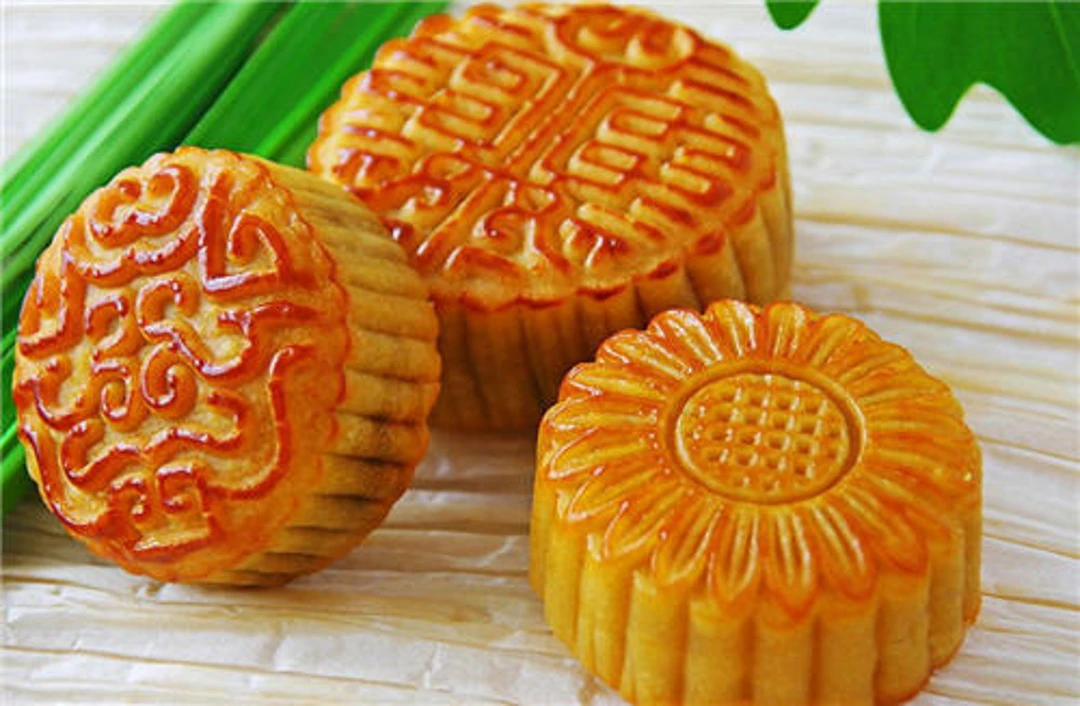
Winter (December–February)
Bring warm clothes (especially in northern China, where it gets colder).
The Harbin Ice Festival is a can’t-miss winter attraction.
Chinese New Year, usually in late January or February, brings vibrant celebrations but also heavy domestic travel crowds.
The south of China stays warm and is a good place to visit in the winter (Hainan, Yunnan).
Conclusion
Due to China’s huge expanse, the weather across the country varies considerably, so picking the perfect location to visit when you go can really help you make the most out of your trip.
Whether you love fall colors, temperate weather in the spring, or enjoy winter and strolling through snowy landscapes, here’s how you can prepare in advance.
